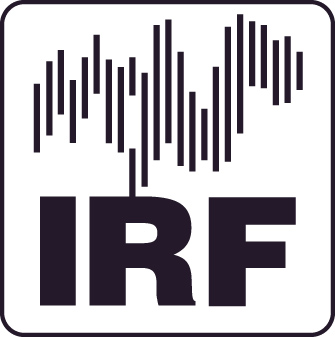

|
| Overview |
| Topical |
| Popular Science |
| Research |
| Observatory |
| Data |
| SEARCH |
| |
| IRF Kiruna |
| IRF Umeå |
| IRF Uppsala |
| IRF Lund |
|
MAP 
|
|
|

Venus Express satellite (Picture: ESA)
Venus Express (European Space Agency, ESA) was the first European mission to Venus. It was launched on a Soyuz-Fregat rocket from Baikonur in Kazakhstan early on 9 November 2005 (Central European time). The spacecraft was injected into orbit around Venus on 11 April 2006 after a five-month journey studied the space plasma and the thick atmosphere of the planet until the end of 2014. The Swedish Insitute of Space Physics (IRF) provided one of the seven instruments on the spacecraft. IRF's instrument ASPERA-4 (Analyser of Space Plasma and EneRgetic Atoms) studied how the solar wind affects the upper atmosphere of Venus. ASPERA-4 comprised five sensors to measure electrons, ions, and energetic neutral atoms (ENA). It made ENA measurements in the low energy range (100 eV-10 keV). Venus Express ended its eight-year mission late in 2014.
|
Launch: |
Wednesday 9 November 2005, 4.33 CET (3.33 GMT) |
|
Destination: |
Venus |
|
IRF's instrument: |
ASPERA-4 (Analyser of Space Plasma and EneRgetic Atoms), an energetic neutral atoms analyser (PI: Dr Yoshifumi Futaana) |
|
Contact: |
Dr Yoshifumi Futaana, project leader, futaana*irf.se, tel. +46-980-79025 |
|
Satellite homepage: |